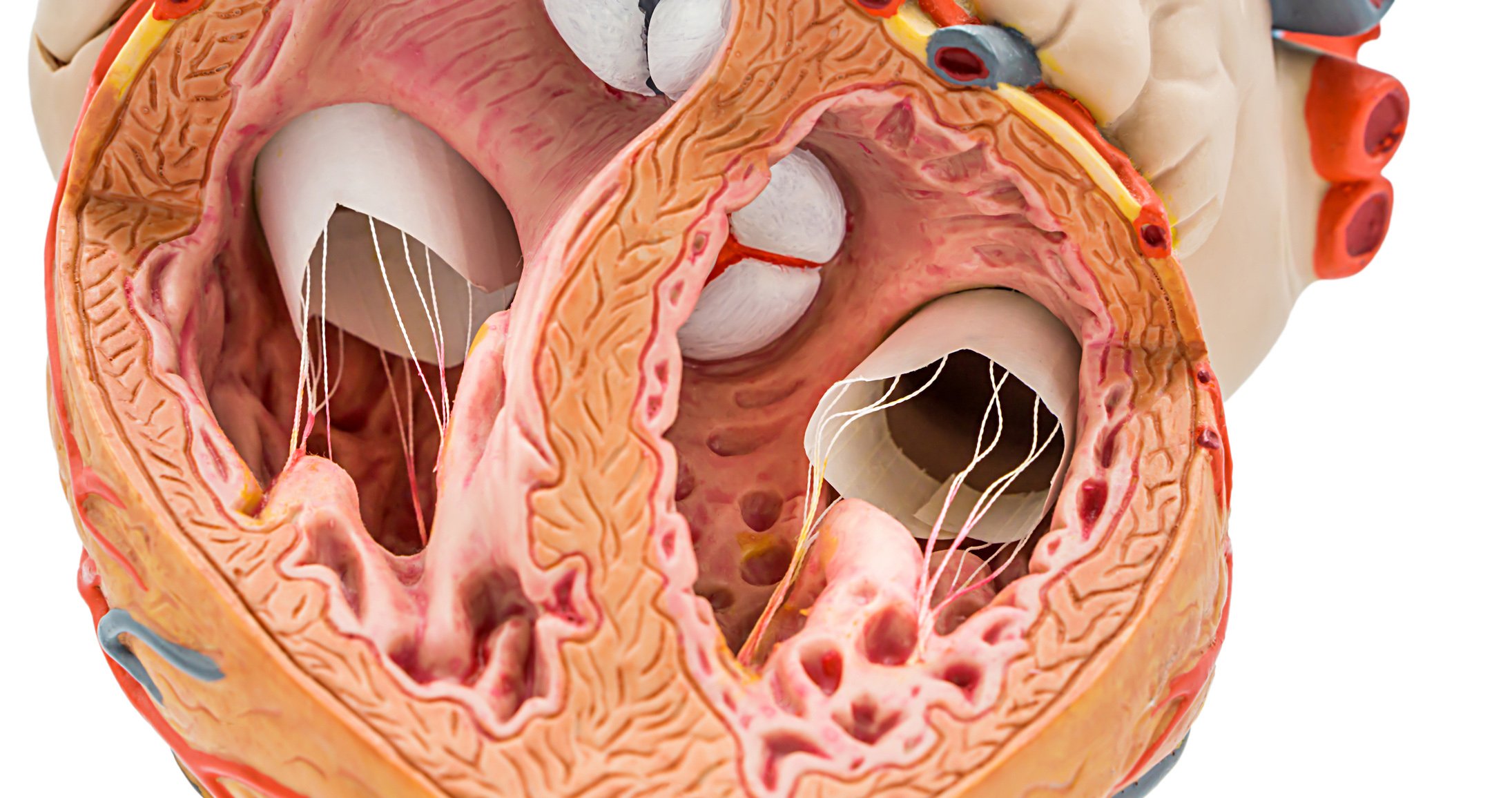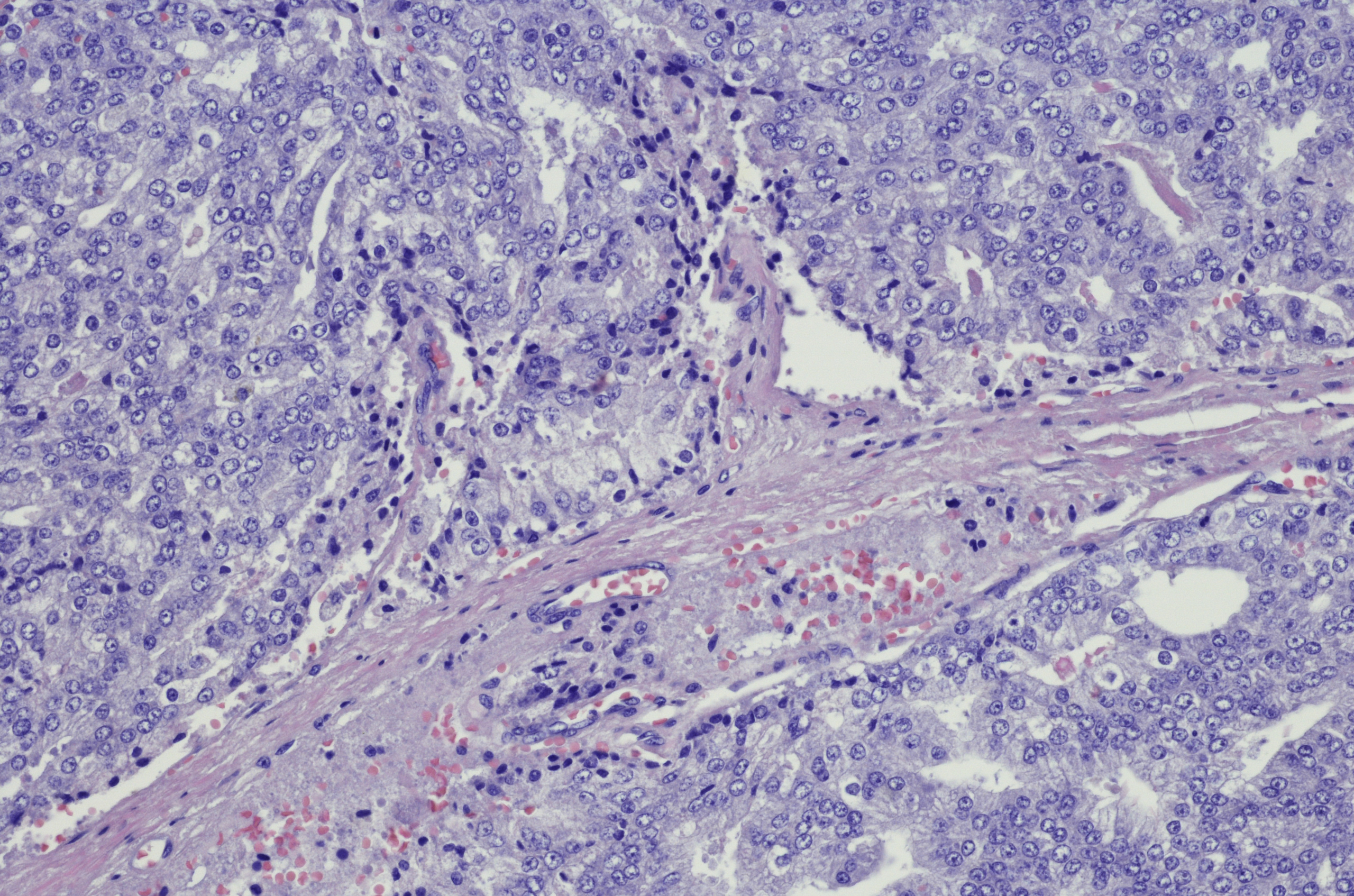For a long time, the tricuspid valve was considered the “forgotten valve”. In 2025, there is nothing left of it. Within just a few years, an independent, evidence-based field has developed in which transcatheter-based procedures complement the often unsatisfactory surgical and medical treatment of severe tricuspid regurgitation (TR) – and in selected situations surpass it. Two pillars characterize current practice: transcatheter edge-to-edge repair (T-TEER) and the orthotopic transcatheter tricuspid valve prosthesis (TTVR). Randomized trials show clinically relevant improvements for both strategies compared to guideline-based drug therapy; at the same time, regulatory decisions – the FDA approvals of TriClip (T-TEER) and EVOQUE (TTVR) – mark a paradigm shift from the individual “compassionate use” solution to a standardizable routine. In 2025, updated guidelines will provide the basic framework within which patient selection, imaging, procedural strategy and aftercare will come together.
Autoren
- Amina Nemmour
- Tanja Schliebe
Publikation
- CARDIOVASC
Related Topics
You May Also Like
- From the late residual valve to independent therapy
Tricuspid interventions 2025
- Brain health
News from the Swiss Brain Health Plan (SBHP) 2023-2033
- Friedreich's ataxia
Treatment options have improved
- Focus on prevention
Colorectal cancer screening – an update
- Late-Breaking Science
Antithrombotics & rhythm
- Prostate cancer
Diagnosis without drama – ESMO 2025 under the banner of differentiated patient management
- Pneumococcal conjugate vaccine (PCV)
Best possible serotype coverage in the respective age group
- Psoriasis: intervening in the inflammatory cascade









